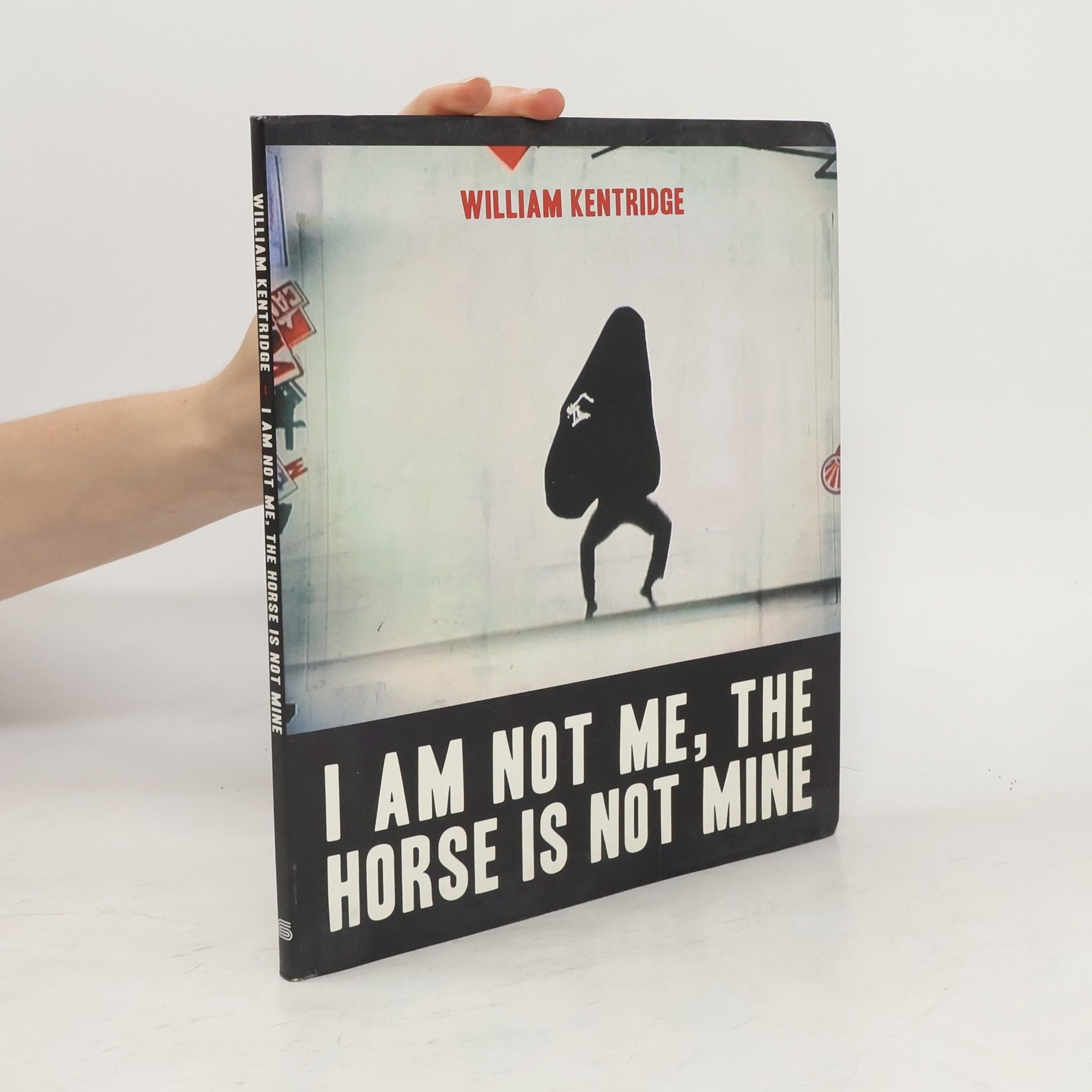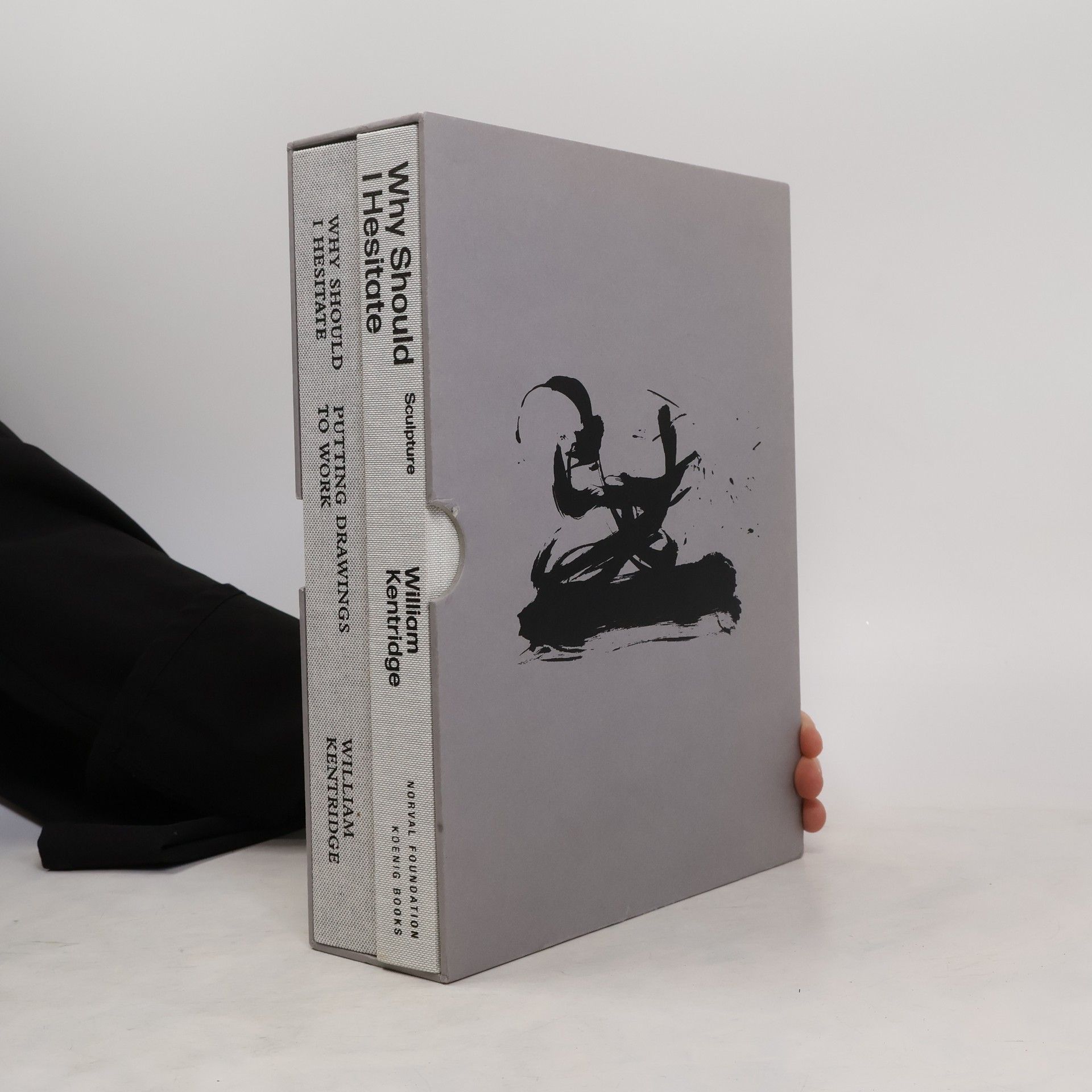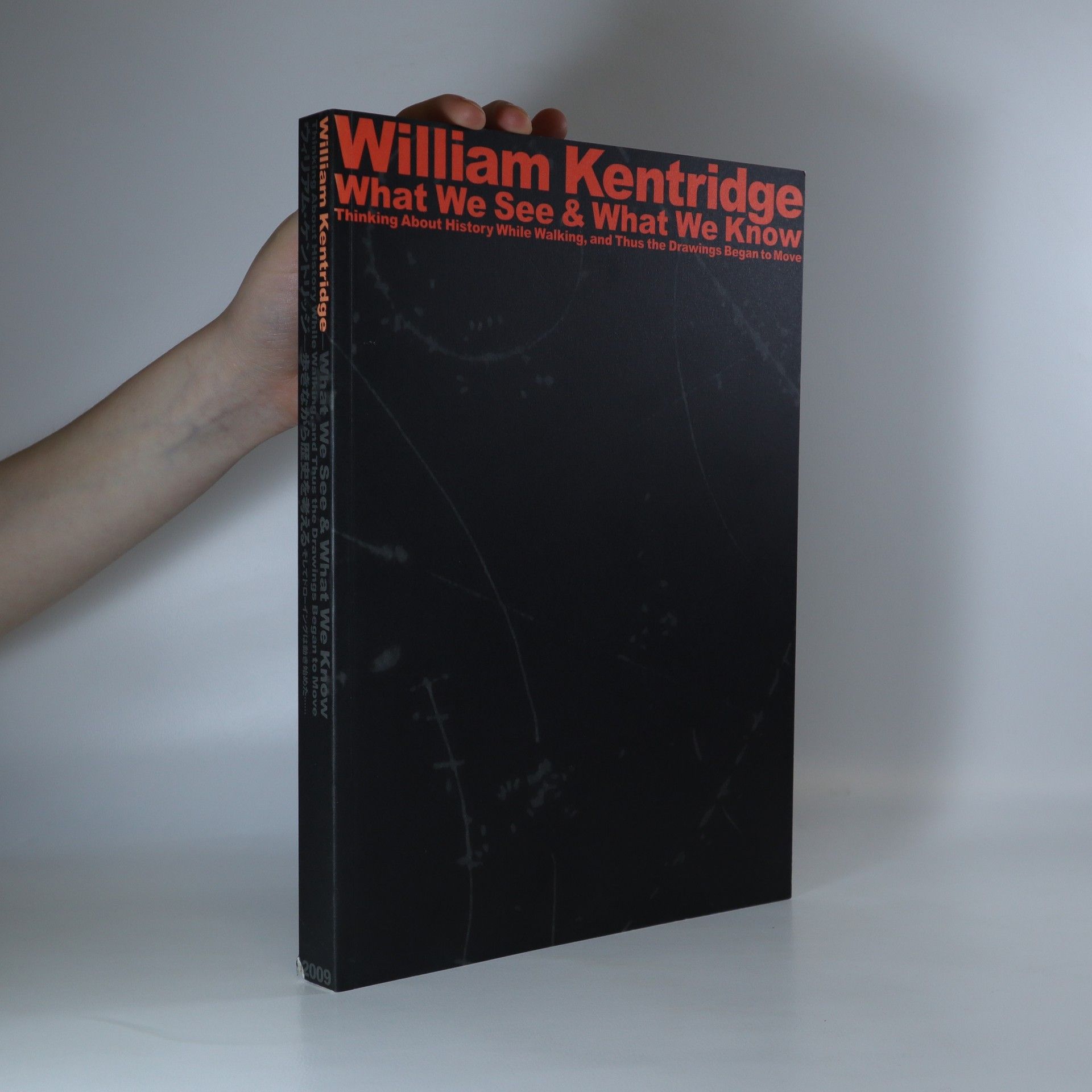Accounts and Drawings from Underground
The East Rand Proprietary Mines Cash Book
- 224 Seiten
- 8 Lesestunden
In Accounts and Drawings from Underground, published in 2015, renowned artist William Kentridge and scholar Rosalind C. Morris brought us an unprecedented collaboration, taking pages of the 1906 Cash Book of the East Rand Proprietary Mines Corporation in South Africa and transforming them into something entirely new. While Kentridge contributed breathtaking landscape drawings in response to the transient terrain mining created, Morris plumbed the text of the cash book to generate a unique narrative account. Now, they revisit those ruined mines, with a visual and verbal addendum that provides an account of the ongoing metamorphosis of the world that gold mines created. Kentridge works on the threshold between the visible and the invisible, while Morris mines the unsaid in order to make it understandable. Together they’ve created a landmark book that chronicles the exploitation of African communities and sheds further light on global Black history. With fifteen stunning new color drawings by Kentridge and an additional coda, this revised edition of Accounts and Drawings from Underground continues its remarkable documentation of the stories of migrant laborers and the flows of capital and desire, providing us with a palpable sense of a vanished world.



